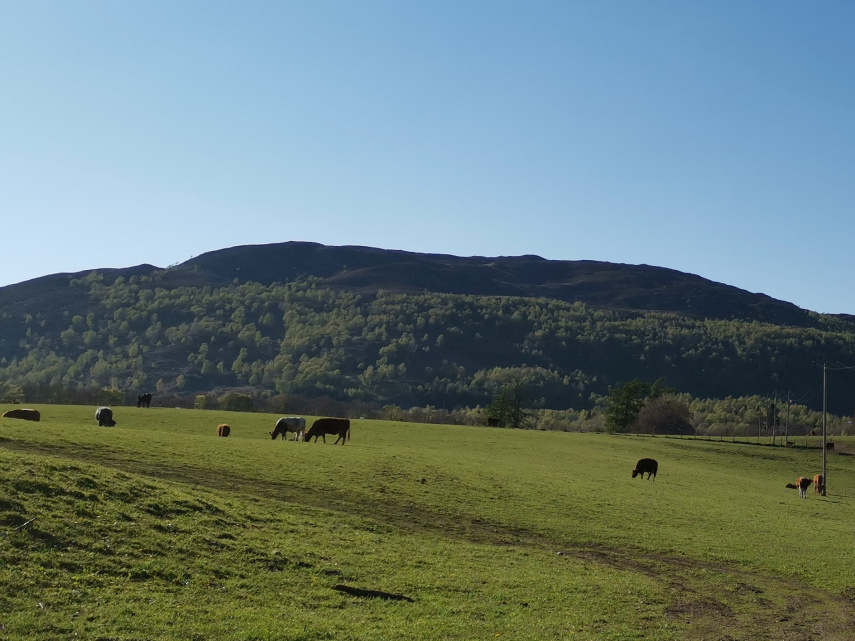
Upsurge in tree planting putting land in demand
Bob McIntosh
Planting trees isn’t new, but tree planting as a climate change mitigation measure has taken off in recent years. The upsurge in interest in this has led to a related increase in the Scottish Government’s tree planting targets – and associated funding. As a result, interest in buying and planting woodlands is on the rise, from companies and investors as well as by landowners, and as a consequence, the value of plantable land and of existing woodlands have both gone up substantially.
With this surge of interest, it’s not surprising that owners of plantable land that is tenanted are interested in seeing some, or all, of that land planted. Tenants of such land themselves might be looking to turn some of their holding over to woodland, particularly since the prospect of regular payments for carbon sequestration has significantly improved. It is not easy for either landlord or tenant to proceed without the consent of the other, so where either – or both – parties have an interest in woodland creation, the sensible way forward is for them to try to reach agreement: the location and extent of woodland creation should meet the aspirations of both landlord and tenant, recognising that woodland creation is likely to represent a long term, if not permanent, change in land use.
Woodland creation and management is a long term business with periodic costs and incomes. It is recommended that landlord and tenant both take professional advice on the production of a legal agreement that sets out the basis of the relationship and the way in which costs, incomes and values are to be shared throughout the duration of the tenancy and in the event of the tenancy terminating. With goodwill on both sides it should be possible to arrive at an agreement that enables both parties to benefit from the current push for more woodlands.
The overall situation is giving rise to questions about changes to land use at a local, regional and national level, and the discussion has good timing: the Scottish Land Commission is providing advice to the Scottish Government on how its proposal for Regional Land Use Partnerships might be taken forward. The Land Commission will soon be publishing its advice to government on how such partnerships could be set up as a means of ensuring all of Scotland’s land contributes to our ambitious climate targets. For more information, visit the Land Commission’s website www.landcommission.gov.scot.
